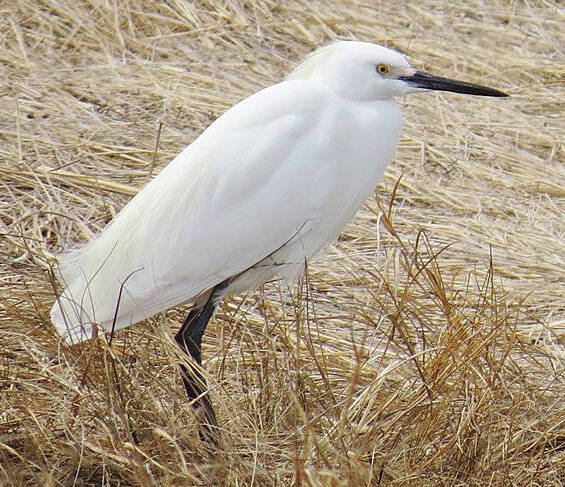
2023-03-29
The feather thief
I've recently started reading a book called, The Feather Thief, by Kirk Wallace Johnson. There are some eye-awaking events described in the book that make me wonder how a lot of birds survived extinction.
At one time, feathers in hats were the fashion for ladies and there were feathers and hats for every occasion in life. In 1798 there were 25 feather gathering businesses and hat makers in France. By 1870 that number had skyrocketed to 280. In the final decades of the 19th century, nearly 100 million pounds of feathers were imported into France.
In the auction houses of London's Mincing Lane, 155,000 Birds of Paradise were sold over a four-year period. Forty million pounds of plumage were imported over the same period. One British dealer sold two million bird skins in a single year. By 1900, 83,000 New Yorkers were employed in the millinery trade, which accounted for some 200 million North American birds killed each year.
As the numbers of birds in the wild dwindled, the value of a feather quadrupled. By 1900 a single ounce of the snowy egret's finest plumes went for $32. An ounce of gold at the time was worth $20. When the Titanic went down in 1912, the most valuable and highly insured merchandise in its hold was 40 crates of feathers, which were second in value only to diamonds in the commodities market.
It was women who led the way in saving many birds from extinction.
In the United States, in 1896, Harriet Lawrence Hemenway enlisted her cousin Minna Hall to convene a series of tea parties to discourage their friends from wearing plumes. After 900 women had joined, the two women formed the Massachusetts chapter of the Audubon Society.
Within years, the Audubon Society chapters had 10s of thousands of members throughout the country. By 1900 the Lacey Act was passed which prevented the trafficking of birds between states. In 1903 Theordore Roosevelt signed an executive order to create a federal bird refuge when it became clear that the snowy egrets of the Everglades had been hunted to the brink of extinction.
A procession of new bills tightened the net around the global feather trade. In 1913 in the United States a bill called the Underwood Tariff Act was passed, banning importation of feathers. In 1918 the Migratory Bird Treaty Act came into effect, which outlawed the hunting of any migratory bird in North America. Lots of birds were saved from extinction due to the many treaties, but sadly many bird species were hunted out of existence before this could happen.
On March 15 Kevin Lantz came upon a northern mockingbird in Mahone Bay.
On March 19, David Walmark saw a brown creeper in Kingsburg. Steven Hiltz of Back Centre had a red-winged blackbird show up on that day. In East LaHave, David Watson saw a barred owl. A number of other local sightings also took place on March 19 with Eric Mills locating a black-headed gull in Lunenburg, Kevin Lantz spotting a gray catbird in Lunenburg and Robert Keereweer reported that the red-bellied woodpecker tending in Chester was still present.
Kevin Lantz also confirmed that at least one of the tufted ducks that had been around were still in Lunenburg. Greg Van de Moortele of Bridgewater had a northern flicker come to his feeders March 19. This is the first one that he has seen at his feeders since a large section of trees was removed from the Glen Allan Subdivision last year. Greg also noted a group of buffleheads feeding in the LaHave River in Bridgewater.
Those birds that overwintered are moving around now and starting to set up territories. They will have a jump on those that will soon be returning from warmer climates. Doug Joudrey of Bridgewater did not have many birds around over the winter. So, he was pleased to see 12 American robins, six American crows, four blue jays, one dark-eyed junco, 20 European starlings, a hairy woodpecker and mourning doves along with a male northern cardinal.
On March 15, David Currie located two brant at McCormack's Beach in Eastern Passage. On that same day three Eurasian green-winged teal were seen at Rainbow Haven by Jim Edsall.
Mark Dennis reported that a common gull was still present on Cape Sable Island and Ken McKenna saw one still present at the Aberdeen Business Centre in New Glasgow. At Doctor's Island in Yarmouth, Ervin Olsen found two great blue herons on March 18.
On March 19, Angela MacDonald heard a winter wren singing in Wine Harbour and she discovered a Wilson's snipe at Port Hilford. On that same day Paul Gould reported that the grey heron was still present at Argyle Head. Kathleen MacAulay and Alix d'Entremont, on March 19, said that American woodcocks had returned in numbers as they found seven at the Great Pubnico Lake Road.
You may reach me at (902) 693-2174 or email jrhbirder@hotmail.com






